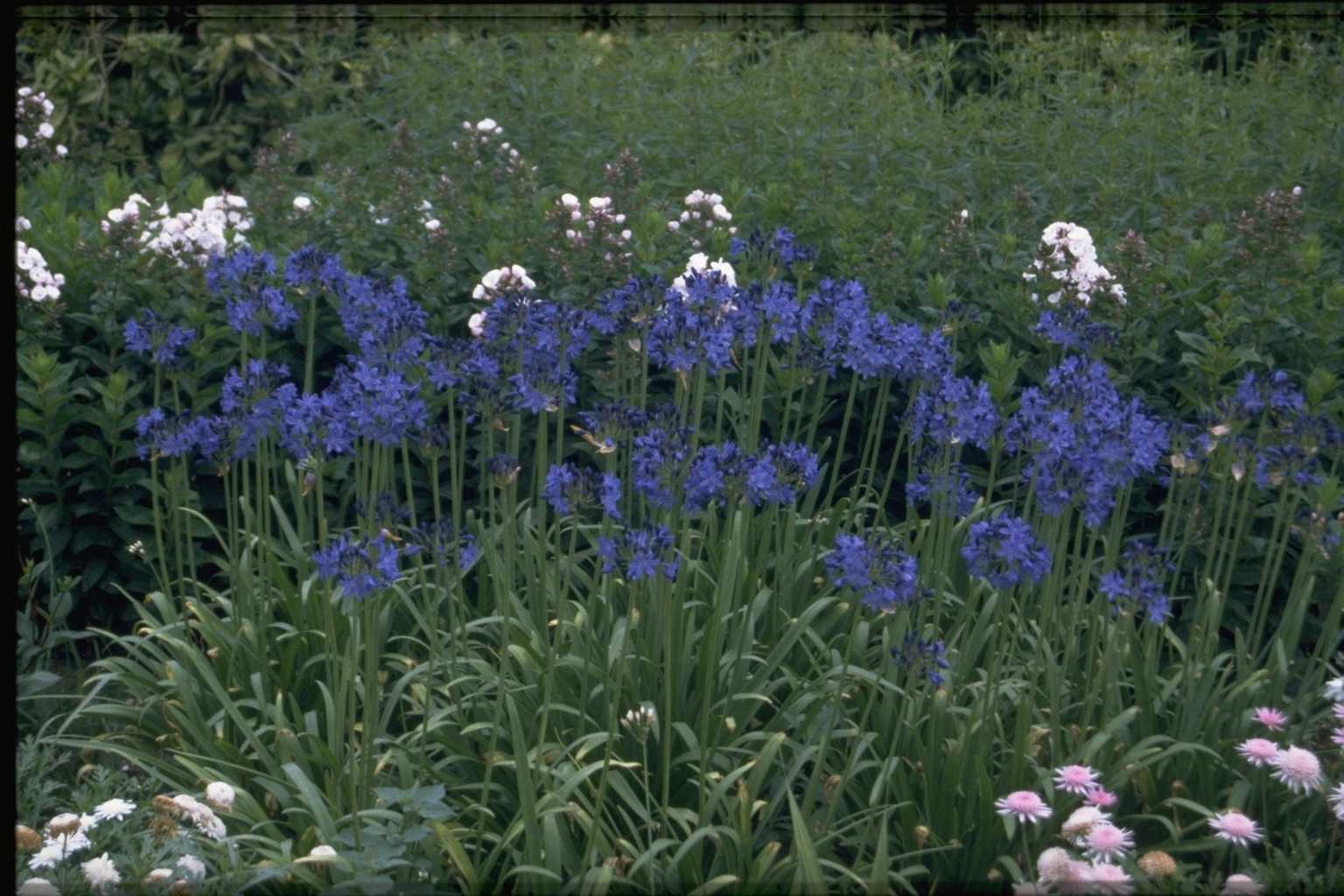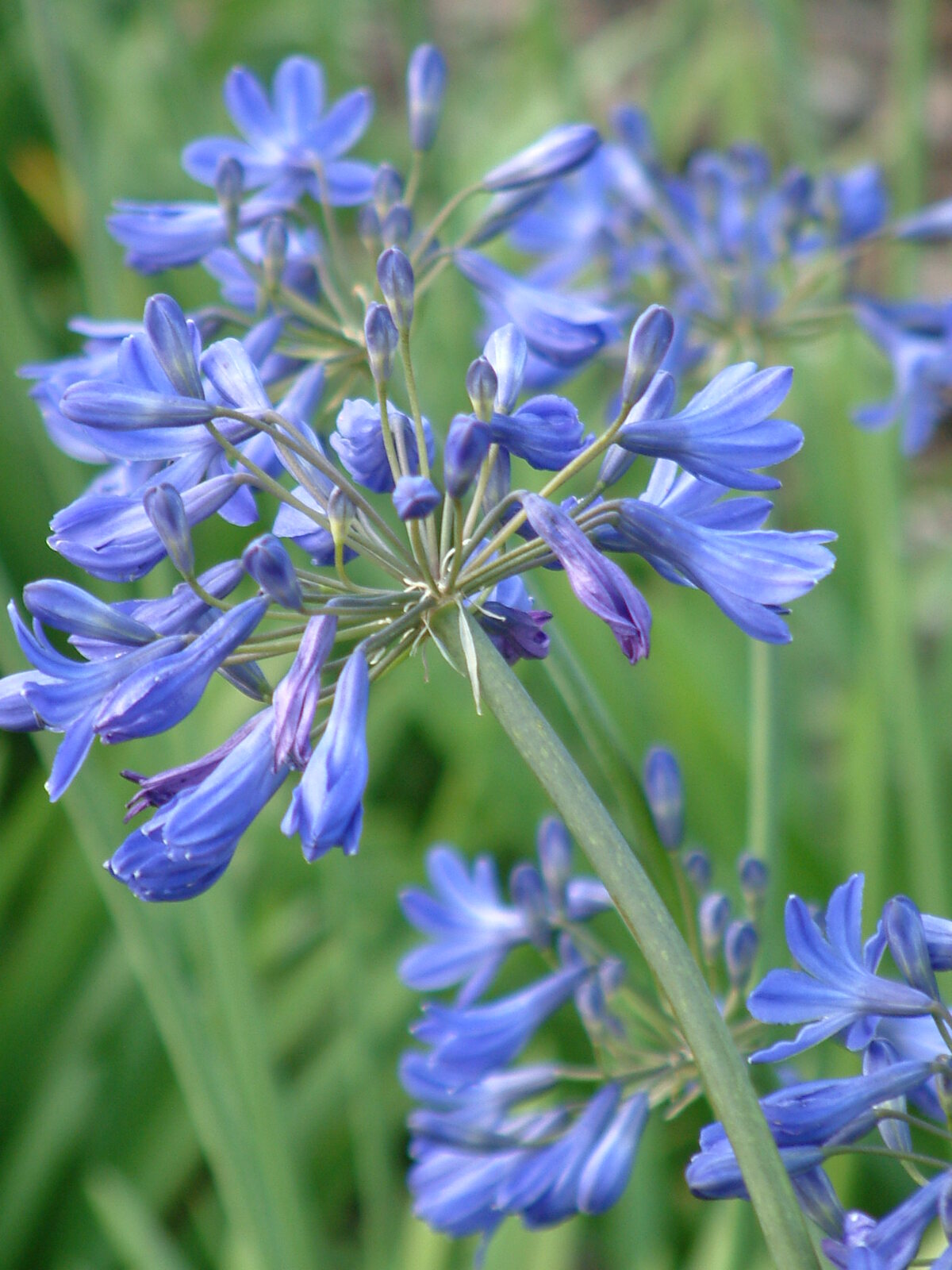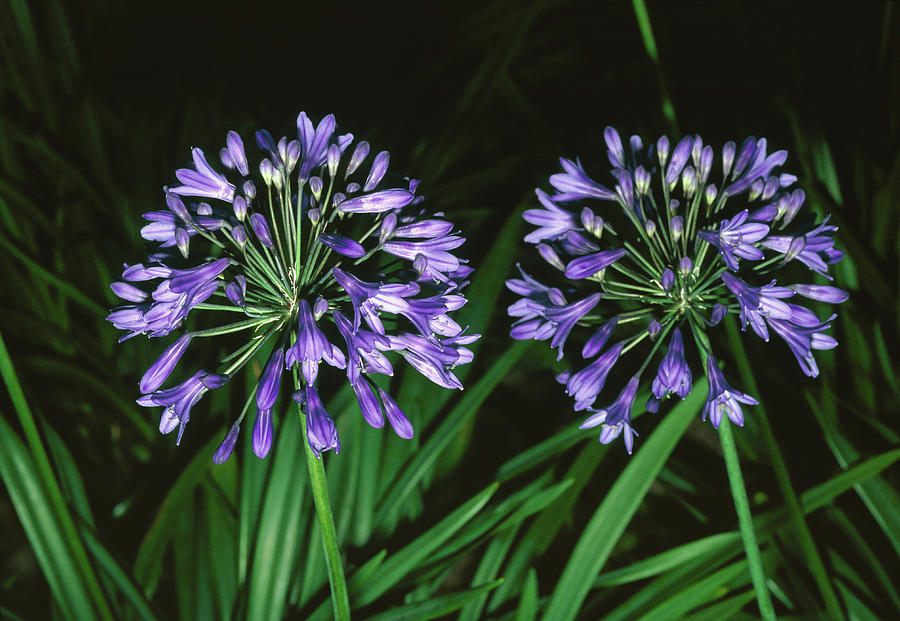Agapanthus Campanulatus
Are you searching for the perfect perennial to add some breathtaking blue blooms to your garden? Look no further than agapanthus campanulatus. This stunning plant boasts beautiful blue flowers that will make your garden the envy of all your neighbors. But agapanthus campanulatus is more than just a pretty face - it also has some fascinating benefits and features that every gardener should know about.
Pain Points of Agapanthus Campanulatus
Are you tired of perennial plants that are finicky and difficult to care for? Do you struggle to find a plant that thrives in full sun and well-draining soil? Agapanthus campanulatus is the answer to your woes. This hardy plant is low-maintenance and can handle a variety of growing conditions, making it the perfect addition to gardens of all sizes.
Target of Agapanthus Campanulatus
Agapanthus campanulatus is best known for its stunning blue blooms. These flowers grow in round clusters atop tall stems, creating a dramatic and beautiful display in any garden setting. But in addition to its beauty, agapanthus campanulatus is also beneficial for attracting pollinators like bees and butterflies to your garden. This makes it a great choice for eco-conscious gardeners looking to support local wildlife.
Main Points of Agapanthus Campanulatus
To sum it up, agapanthus campanulatus is a hardy and low-maintenance perennial with stunning blue blooms that attract pollinators to your garden. This plant is a great choice for gardeners seeking to add some color to their outdoor space while supporting local wildlife.
Personal Experience with Agapanthus Campanulatus
I first discovered agapanthus campanulatus while browsing my local garden center. I was drawn to its striking blue blooms and decided to give it a try in my own garden. To my delight, the plant thrived in my full-sun location and added some much-needed color to my outdoor space. I also noticed an increase in bees and butterflies in my garden, which was an added bonus.
Care Tips for Agapanthus Campanulatus
To ensure that your agapanthus campanulatus thrives, it's important to give it the right growing conditions. This plant prefers well-draining soil and full sun, but can also tolerate partial shade. Water regularly to keep the soil moist, but not waterlogged, and fertilize with a balanced fertilizer once a month during the growing season. In colder climates, protect the plant's roots with mulch during winter months.
Benefits of Agapanthus Campanulatus
Agapanthus campanulatus has a wide range of benefits for both gardeners and the environment. Not only does it add stunning blue blooms to your garden, but it also attracts pollinators like bees and butterflies to your outdoor space. Additionally, it's low-maintenance and easy to care for, making it a great choice for novice gardeners.
How to Incorporate Agapanthus Campanulatus into Your Landscape
There are many ways to incorporate agapanthus campanulatus into your landscape. It looks stunning as a focal point, either in a container or planted directly in the ground. It also pairs well with a variety of other perennials, including sedum and echinacea. Consider planting several agapanthus campanulatus plants together in a cluster to create a full and dramatic display of blue blooms.
Question and Answer
What other colors do agapanthus campanulatus come in?
While blue is the most common color of agapanthus campanulatus, it also comes in a range of other hues, including white, purple, and pink.
Do agapanthus campanulatus plants spread?
Yes, agapanthus campanulatus can spread, so it's important to give it enough space to grow. If you're planting in a container, choose one that's at least 18 inches wide to give the plant room to spread. In the ground, plant agapanthus campanulatus at least 2 feet apart to prevent overcrowding.
How often should I water my agapanthus campanulatus?
Water your agapanthus campanulatus regularly, especially during hot summer months. Aim to keep the soil consistently moist, but not waterlogged. Don't let the soil dry out completely, as this can damage the plant's roots.
Can agapanthus campanulatus grow in a shaded area?
While agapanthus campanulatus prefers full sun, it can also tolerate partial shade. If you're planting in a shaded area, be sure to choose a spot that gets at least a few hours of indirect sunlight per day.
Conclusion
If you're looking for a low-maintenance perennial with stunning blue blooms, look no further than agapanthus campanulatus. This plant is easy to care for, attracts pollinators to your garden, and looks beautiful in a variety of settings. Follow our care tips to keep your agapanthus campanulatus thriving all season long.
Gallery
Agapanthus Campanulatus - Tuinseizoen

Photo Credit by: bing.com / agapanthus campanulatus donau afrikaanse lelie tuinseizoen groeninfo
Agapanthus Campanulatus
.jpg?1546637895)
Photo Credit by: bing.com / agapanthus campanulatus schmucklilie blaue lage beeindruckende winterschutz kiel
Agapanthus Campanulatus Blue - The Beth Chatto Gardens

Photo Credit by: bing.com / agapanthus blue cobalt campanulatus chatto dry plants areas bethchatto beth gardens
Agapanthus Campanulatus. Photograph By Mike Danson/science Photo

Photo Credit by: bing.com / agapanthus campanulatus mike library danson science photograph nature 13th uploaded september which
Agapanthus Campanulatus - BBC Gardeners World Magazine

Photo Credit by: bing.com / agapanthus campanulatus severn praecox officinalis rosmarinus
0 Response to "Agapanthus Campanulatus"
Post a Comment